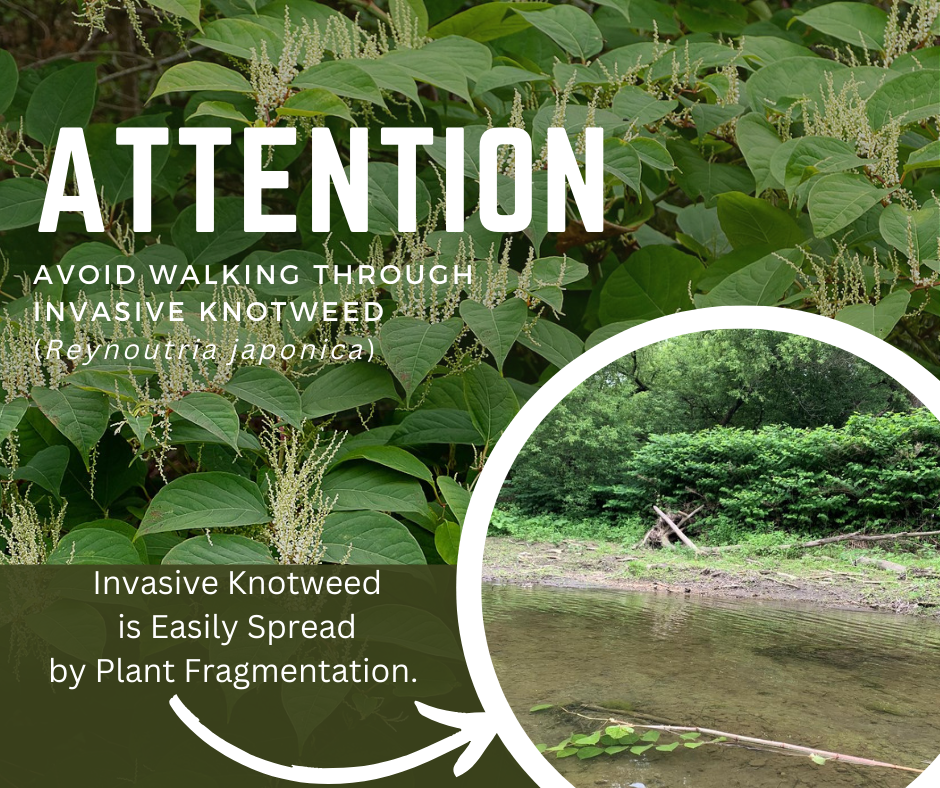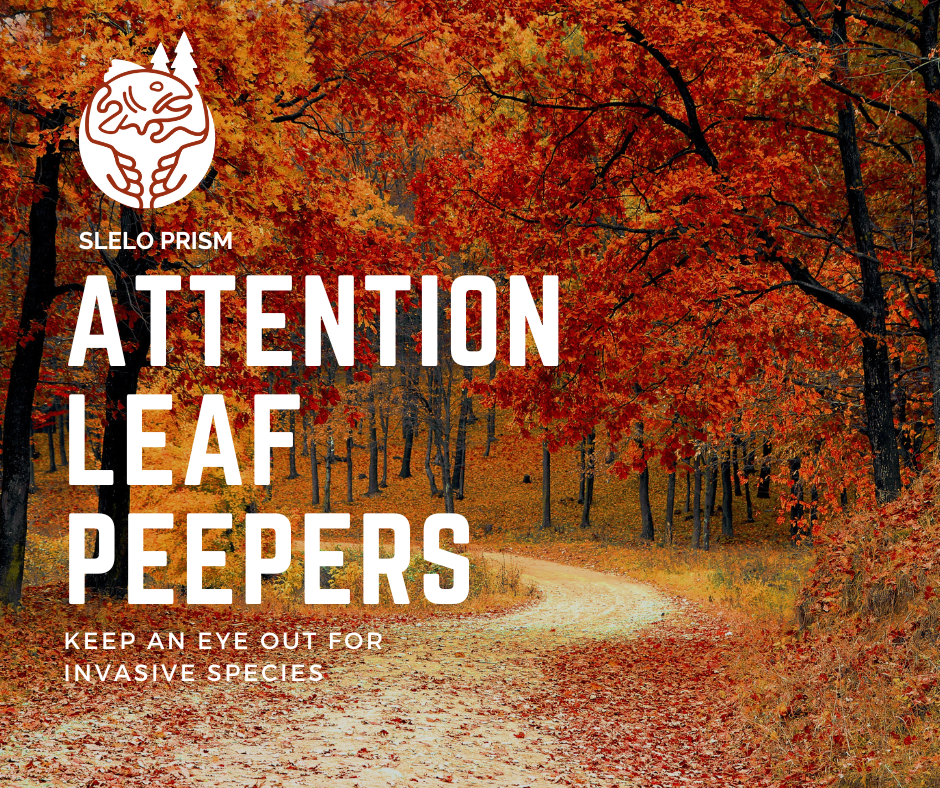- + LET'S GO THERE
- SKIING / WINTER ADVENTURE
- + THINGS TO DO
- + TOURS
- + WINE & DINE
- + STAY
- CALENDAR
- + MAPS, BLOGS & MORE
- Site Search
Fall & Winter Tips for Invasive Species Management
posted by SLELO PRISM at 2024-09-15 18:48:00

With the beautiful hues of fall beginning to sweep across our green spaces, autumn is fast approaching. This season marks a critical time for invasive species management. Whether you’re doing yard work, gearing up for the salmon fishing season, or hitting your favorite trails to enjoy the beautiful fall foliage, there are still many ways that you can protect your favorite outdoor spaces. Check out the tips below to learn how you can help!
 Attention Homeowners:
Attention Homeowners: While many native plants begin to go dormant in the fall, invasive species often persist, making them easier to spot and control this time of year. With winter approaching, now is the perfect time to tackle these invaders and prepare your property for the coming year. Get some practical tips for managing invasive species this fall!
 Attention Anglers!
Attention Anglers!Help protect your favorite fishing spots by taking the following steps.
While traveling to your favorite salmon fishing spot, please check for spotted lanternfly (SLF) adults and eggs that could be on your vehicle and equipment. If you find SLF adults or egg masses report the observation to NYiMapInvasives.org or email a photo and the location of the found SLF to spottedlanternfly@agriculture.ny.gov. Squish SLF adults, or scrape eggs into a baggie.
 While you’re fishing be sure to avoid walking through invasive knotweed (Reynoutria japonica) as fragments of the plant can easily break off and grow new plants. Invasive knotweed is a perennial herb with stems resembling bamboo. Invasive knotweed has a long history of serious invasive impacts in Europe and it is now regarded as the most pernicious weed in the United Kingdom
While you’re fishing be sure to avoid walking through invasive knotweed (Reynoutria japonica) as fragments of the plant can easily break off and grow new plants. Invasive knotweed is a perennial herb with stems resembling bamboo. Invasive knotweed has a long history of serious invasive impacts in Europe and it is now regarded as the most pernicious weed in the United Kingdom Attention Leaf Peepers
Attention Leaf PeepersAttention leaf peepers, while you’re enjoying your favorite trails this fall please keep an eye out for beech leaf disease—an invasive tree pathogen. Check beech trees you encounter for striping on the underside of leaves between the veins and leaves that have a curly or leathery texture. If you think you have found beech leaf disease please report to NYiMapInvasives.
 For more resources and tips on invasive species management, take action today by joining SLELO PRISM’s Pledge to Protect initiative. By pledging, you commit to simple, effective actions that make a big difference in preserving our lands and waters. Plus, you'll become part of a community dedicated to safeguarding our natural habitats from invasive species year-round.
For more resources and tips on invasive species management, take action today by joining SLELO PRISM’s Pledge to Protect initiative. By pledging, you commit to simple, effective actions that make a big difference in preserving our lands and waters. Plus, you'll become part of a community dedicated to safeguarding our natural habitats from invasive species year-round.Photos: All images are the property of Slelo Prism
posted at: 2024-09-15 18:48:00, last updated: 2025-01-14 19:00:45
















